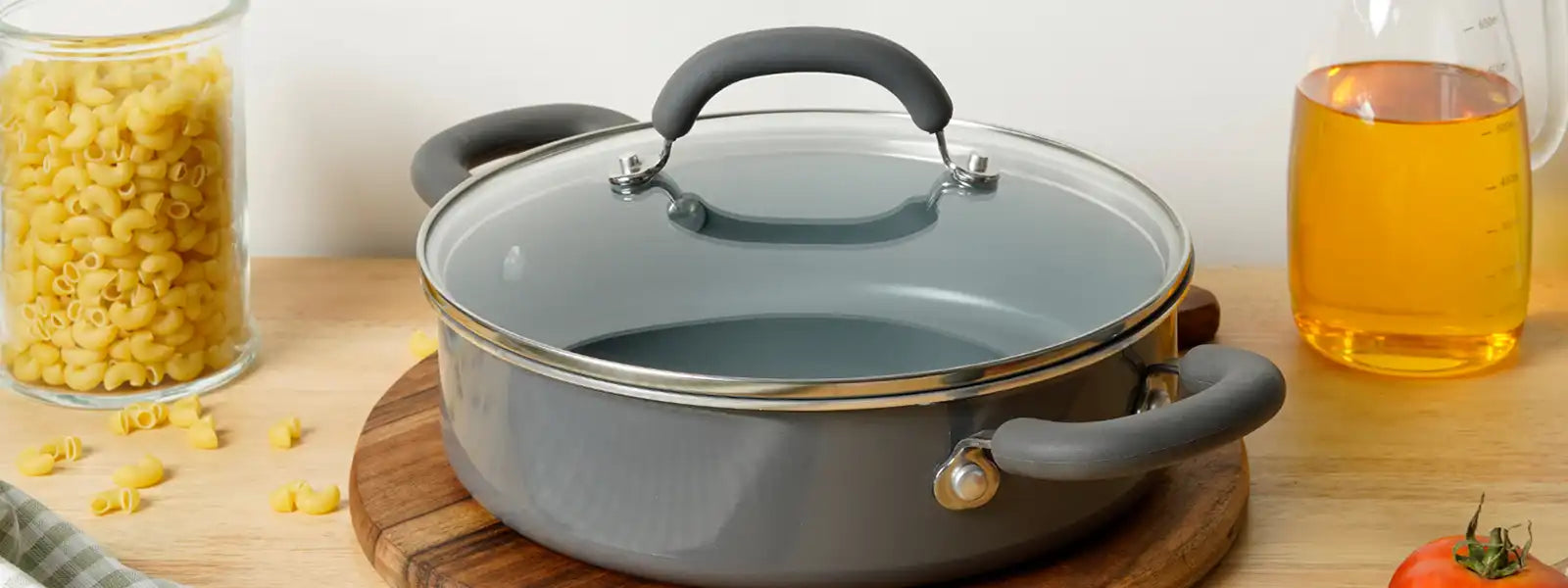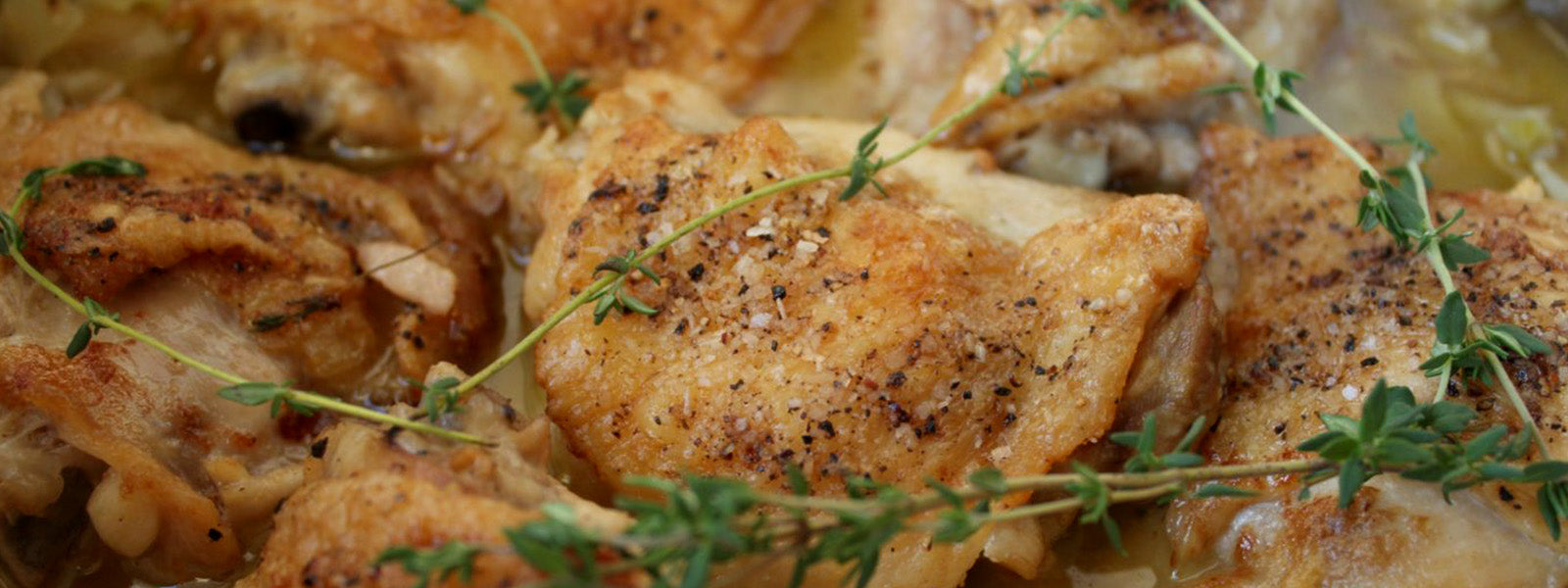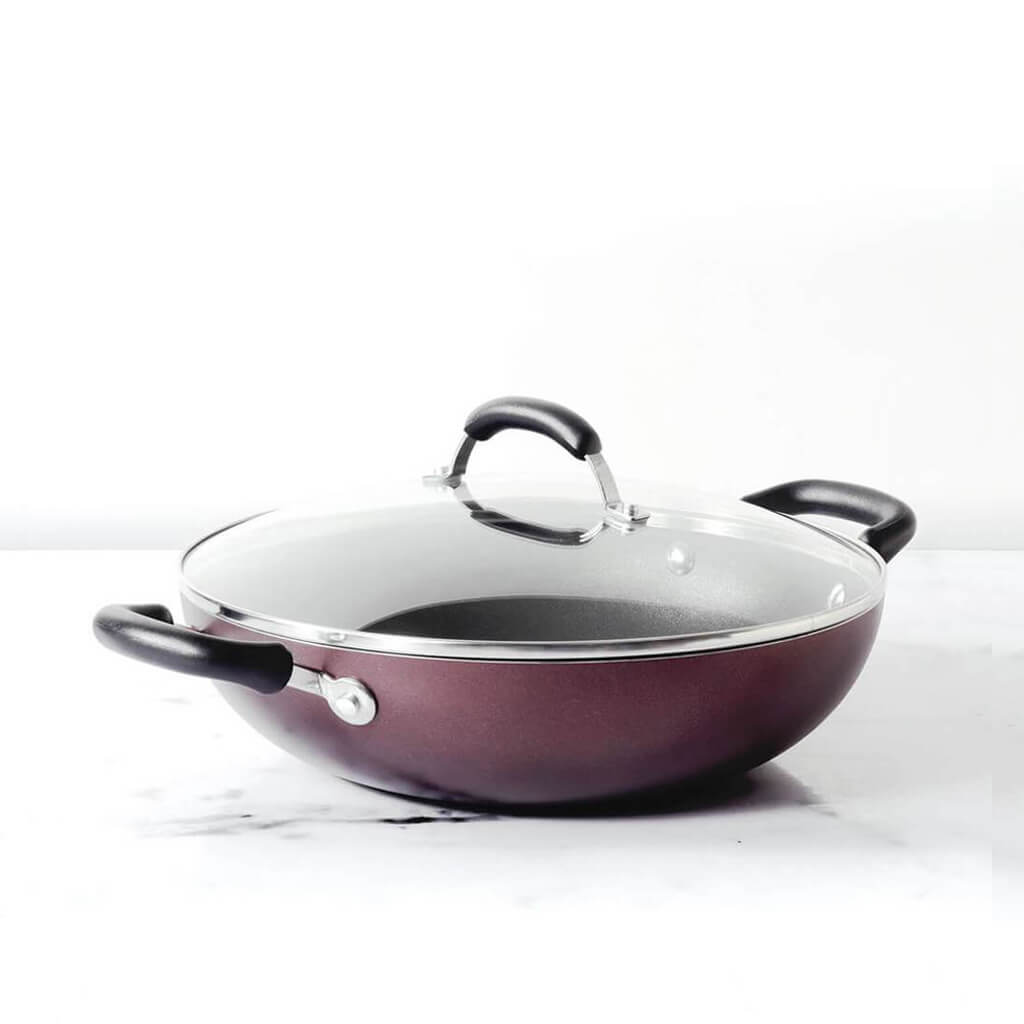About Kadukkai:
Kadukkai, also known as Haritaki, is a small, greenish-brown fruit derived from the Terminalia chebula tree, which is native to India and parts of Southeast Asia. Highly esteemed in Ayurveda and Siddha medicine, Kadukkai is often referred to as the "Mother of Herbs" due to its wide-ranging health benefits. This superfruit is rich in tannins, flavonoids, antioxidants, and essential nutrients that contribute to its healing properties. Kadukkai is primarily used for its powerful detoxifying effects, digestive support, and immune-boosting abilities. In addition to its medicinal uses, it holds cultural significance in traditional practices, symbolizing health and rejuvenation.
Kadukkai plant description:
The Kadukkai tree, scientifically known as Terminalia chebula, grows to a height of 50 to 80 feet, featuring spreading branches and a rounded crown. Its bark is dark brown with prominent, long cracks. The tree begins to bloom from May to June, producing flowers that range in color from dull white to pale yellow, accompanied by a distinct, unpleasant odor.
Terminalia chebula thrives across most countries in Southeast Asia and is widely found throughout India, particularly in deciduous forests and regions with light rainfall. In Tamil Nadu, these trees are commonly found in deciduous forests where the leaves shed during the autumn season.

Kadukkai’ fruit:
The fruit of the Kadukkai tree is its most valuable and widely used part. Measuring between one and two inches in length, the fruit features distinctive ridges along its surface. When unripe, it is green, but as it matures, it transitions to a yellowish-grey color. Kadukkai fruits are categorized based on their growth patterns and size.
Types of Kadukkai:
Kadukkai is differentiated based on the following types:
- Based on size: Survari Harade is the name for the biggest and heaviest fruit, which is almost 2 inches long and weighs a lot. These are a brownish yellow colour. The Rangari harade are the next thing. They are about an inch long. They are yellow and have less furrows and wrinkles than Survari harade.
Bala harade are smaller than the first two types, have a lot of wrinkles, and are dark brown to black in colour. The last one is the Java harade, which is the smallest and darkest brown to black in colour.
- Shape: Vijaya, if it looks like a gourd, it is the most important because it was used to treat many diseases. When Rohini is round, most of the time it is used to treat wounds.
When a putana has a big seed and not much mesocarp, it is mostly used on the outside of the body. Abhaya, it is used to treat eye diseases if it has five ribs. If it is golden, it is called Jivanti, and if it has three ribs, it is called Chetaki.
- According to Growth: Zira, when haritaki is the size of a cumin seed. If it's the size of a barley grain, call it Javi. If it's the size of a raisin, call it Zangi. If it's green and yellow, call it Chini. If it's almost ready, call it Asfer. If it's ready, call it Kabul.
Kadukkai composition:
Kadukkai fruit is rich in tannins, comprising about 32% to 34% of its composition, depending on its region of growth. These tannins belong to the pyrogallol category, with approximately 14 tannins identified in the fruit. Key tannins include gallic acid, chebulagic acid, punicalagin, chebulanin, corilagin, neo-chebulinic acid, ellagic acid, chebulic acid, and casuarinin.
The fruit also contains various polyphenols such as corilagin, galloyl glucose, punicalagin, terflavin A, and maslinic acid.
Fatty Acids: The primary fatty acids present are palmitic acid, linoleic acid, and oleic acid.
Triterpenoids: Kadukkai contains glycosides like chebulosides I and II, arjunin, and arjun glucoside.
Flavonoids: Prominent flavonoids include rutin, quercetin, luteolin, and isoquercetin.
In addition to these compounds, Kadukkai is a source of fructose, amino acids, succinic acid, beta-sitosterol, and resin, making it a nutrient-rich fruit with diverse health benefits.
Meyer 2 speed pulling chopper
Traditional Uses of Kadukkai or Haritaki:
Kadukkai has been traditionally used to address a variety of health issues. It is an effective remedy for eye diseases and constipation, acting as a powerful laxative. Additionally, it is widely used to treat common dental problems like bleeding gums, dental caries, and mouth ulcers. Boiling Kadukkai and using the water as a mouth rinse is a common practice for oral health. The paste of Kadukkai has also been used for its excellent anti-inflammatory and pain-relieving properties, particularly for treating wounds.
As a digestive aid, Kadukkai is frequently used to treat upset stomachs, vomiting, and loss of appetite. It also helps in alleviating symptoms of irregular fevers, coughs, sore throats, and asthma related to colds. For individuals with diabetes, Kadukkai is used to help regulate blood sugar levels and treat urinary tract issues.
Kadukkai for Skin Care: Kadukkai is well-regarded for its ability to treat various skin conditions. It inhibits melanin production, making it effective in reducing pigmentation. Rich in antioxidants, Kadukkai helps prevent premature aging of the skin and keeps it clear of spots. Additionally, it is known for its blood-cleansing properties and its ability to tighten the skin. Kadukkai is also commonly used to treat dark circles, open pores, and pimples. For acne, it not only helps to treat the condition but also reduces inflammation, promoting healthier, clearer skin.
Kadukkai in Ayurveda:
Traditional healers in India have always thought very highly of Kadukkai, and it is used a lot in ayurvedic medicine. It is also one of the three things that make up the well-known triphala, which shows how important it is in ayurvedic medicine.
Kadukkai is an important part of many ayurvedic medicines, like dasamula haritaki lehyam (haritaki jam) and chitrak haritaki, which are used to treat a wide range of diseases.
Health benefits of kadukkai:

Alzheimer's Disease:
Kadukkai is known for its ability to help treat Alzheimer's disease due to its anti-inflammatory properties. It combats free radicals and reduces inflammation, thanks to compounds like chebulagic acid and gallic acid. The high levels of phenolic compounds in Kadukkai provide potent antioxidant effects, helping reduce oxidative stress, which is a major contributor to Alzheimer's disease.
Antidiabetic Properties:
Kadukkai is recognized for its ability to lower blood sugar levels post-meal. It contains active compounds such as chebulagic acid, chebulinic acid, and chebulin, which act as maltase and sucrase inhibitors, preventing the release of glucose. Studies show that the methanol extract of Kadukkai can effectively block maltase activity.
Supports Liver Health:
Kadukkai aids in restoring the metabolism of urea in the liver, thanks to its antioxidant content, supporting overall liver function and health.
Benefits for Joints:
Kadukkai has natural anti-arthritic properties, making it beneficial for people suffering from arthritis pain, offering relief and improving joint health.
Anticancer Properties:
Kadukkai has shown promise in inhibiting cancer cell growth and promoting the death of cancer cells. The presence of gallic acid helps prevent the proliferation of esophageal carcinoma cells, making it a potential natural remedy for cancer prevention.
Hypolipidemic Effects:
Kadukkai is used traditionally to treat high cholesterol. Regular consumption has been shown to lower total cholesterol and triglyceride levels while raising HDL (good) cholesterol. This is due to its rich content of saponins, phytosterols, chebulinic acid, and corilagin.
Mouth Rinse:
Kadukkai water extract is effective in killing Streptococcus mutans, a bacteria responsible for dental issues. The tannins in Kadukkai contribute to its antimicrobial action, making it a great natural mouth rinse.
Wound Healing:
Kadukkai extract is used to promote faster healing of wounds. The tannins in Kadukkai help in the formation of new blood vessels and have antibacterial properties that facilitate wound recovery.
Larvicidal and Ovicidal Properties:
Kadukkai proves to be an effective natural mosquito repellent. Its extracts, including benzene, hexane, chloroform, and others, are lethal to mosquito larvae, offering a safer alternative to chemical repellents.
Painkilling Effects:
Kadukkai has demonstrated pain-relieving, anti-inflammatory, and antioxidant effects. Studies have shown that it increases pain tolerance and threshold, making it beneficial for individuals with conditions like arthritis, body aches, or inflammation.
Conclusion:
Kadukkai is truly a treasure trove of health benefits, offering a holistic approach to well-being. Its ability to cleanse the body, enhance vitality, and address a variety of ailments makes it a must-have in your natural health regimen. Rooted in ancient wisdom and supported by modern science, Kadukkai stands as a timeless remedy for achieving balance, health, and longevity. Embracing this remarkable herb can unlock the secrets of natural healing and elevate your journey toward a healthier life.












Excellent information
Leave a comment